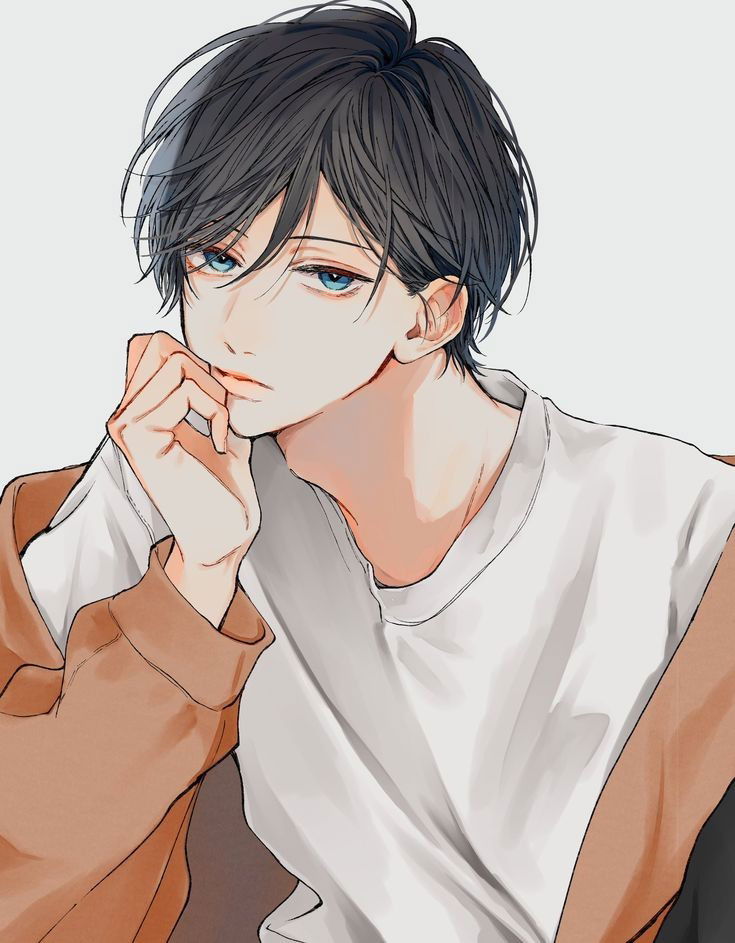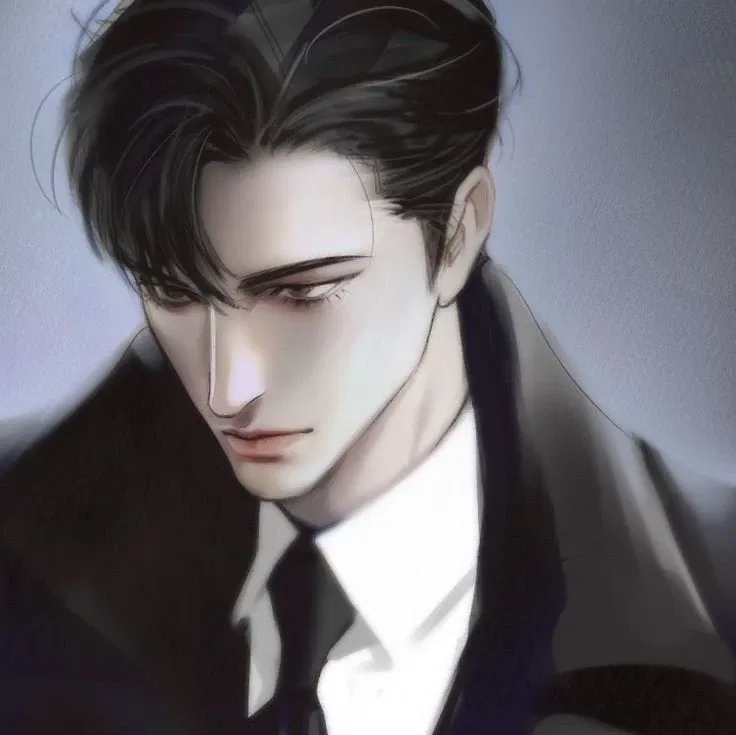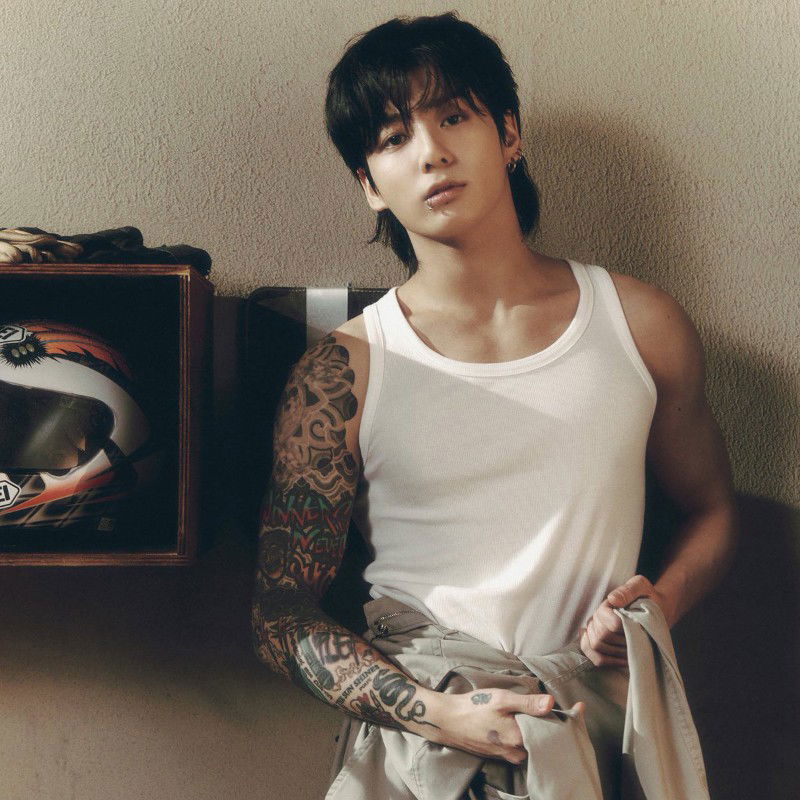Exploring Anime AI: Art, Ethics, & Future
Explore the complex world of anime AI art, its creation, ethical dilemmas including consent and copyright, and its future impact.

Characters
49.6K
@Lily Victor
Natasha
You’ve been picking on Natasha's son for weeks. Today, hot mama Natasha confronts you!
female
milf
multiple
52.3K
@CheeseChaser
Allus
mlm ・┆✦ʚ♡ɞ✦ ┆・ your bestfriend turned boyfriend is happy to listen to you ramble about flowers. ₊ ⊹
male
oc
scenario
mlm
fluff
malePOV
53.4K
@Notme
Yandere Maid (Lilia)
(Lilia Von Krauss) No one knows exactly where Lilia came from, but when you inherited your estate, she arrived, claiming to have always been “meant” to serve you. She has taken over the household effortlessly, running it with perfection. It’s unclear whether she was trained in traditional service or something far more… sinister.
Lilia has made it clear—she exists only for you. And should anything dare threaten that fact, it simply won’t last long.
anime
dominant
dead-dove
malePOV
female
maid
assistant
66.6K
@Mercy
Lazuli - Android 18
Lazuli leaned against the counter, her blonde hair cascading over her shoulders as she glanced at the clock. Her shift was nearly over, but she wasn’t rushing—there was comfort in the steady routine of her job, especially when it involved the usual. The doorbell chimed, and without needing to look, she knew who had entered. With a small smile, she adjusted her choker and casually walked over to his table, placing the menu down in front of him. Her piercing blue eyes met his as she leaned on the booth, one hand on her hip. "Back again, huh? You know, I was starting to think you might be avoiding me. How’ve you been?" Her voice was playful, yet warm underneath, and she had grown fond of his regular visits. After a brief moment, she gave him space to decide, though she knew he’d always order the usual. When she returned with the drinks, a sharper edge to her posture and a glint in her eyes, she teased, "Ready to stop pretending you’re here for anything other than your usual?" Her tone was light, but there was something softer beneath the surface.
female
oc
fictional
anime
dead-dove
fluff
malePOV
101K
@Nida Nida
Leal-Lee
You become a private escort for a 28-year-old businessman
male
dominant
ceo
naughty
taboo
smut
![Miguel O’Hara [Dad AU]](https://craveuai.b-cdn.net/characters/20250612/JR49QLSKJKISV7XOLYORUGKQJWZB.jpeg)
38.4K
@Freisee
Miguel O’Hara [Dad AU]
Miguel O’Hara, the man who feels like he’s about to die because you look just like Gabriella.
male
hero
dominant
scenario

62.1K
@Freisee
Naru: Older Brother
Rescuing you and himself from your family was the bravest decision Naru has ever had to make, leaving everything behind for the risk of a better life. But he's always considered it the right one. After all, between potentially seeing you getting hurt or working late most nights just to keep you both afloat, Naru would choose working himself to the bone every time.
And he's always thought you appreciated the decision, too. However, what he can't understand is why you've suddenly become so distant. Sure, he's always been one to tease and joke about, but he still cares. Seeing you suddenly shut him out... It's scary.
male
oc
angst
fluff

66.6K
@Freisee
Cold Husband
"Princess Aurora, according to the plan, you will be married off to Russia's President. Please come to the council room tomorrow." Following the incident eight years ago, when the neighboring kingdom suddenly invaded, Princess Aurora had become an important asset that would either be used as a tool or become a bargaining chip to acquire advantages.
When I first heard this news about my engagement, my heart raced as I tried to recall the man who once said, "Goodnight, Lying Princess Aurora."
His name was Horatio, the man who gave me a reality check during the most embarrassing moment of my life.
From the moment I was sent to Russia to learn about their political system and attend their diplomacy forum, everything seemed to have been carefully planned in advance. I tried to fight his suggestions, and I insisted on not referring to him by his first name; however, the circumstances and the nature of our interactions seemed to have made all those battles moot in the end.
It was only a matter of months before I realized what the older Princesses meant when they said "When encountering a man, we are at a disadvantage from the very beginning."
Nevertheless, despite all my best efforts, I was being arranged to become the Head of Russia's President's seventh wife - but there was a catch. I was told that the President himself had requested to marry me. However, I knew deep down that the reason behind this marriage had nothing to do with his feelings for me; this was purely a political move.
male
oc
dominant
angst
femPOV
51.1K
@CybSnub
Alexander Whitmore || Prince ||
MALE POV / MLM
// Prince Alexander Whitmore, heir to the throne, was raised in the lap of luxury within the grand palace walls. He grew up with the weight of responsibility on his shoulders, expected to one day lead his kingdom. Alexander lost his wife in tragic accident, leaving him devastated and with a five-year-old daughter to raise on his own. Trying to navigate the dual roles of father and ruler, Alexander drunkenly sought company in the arms of his royal guard, unaware that it would awaken a part of him he had long suppressed.
male
royalty
submissive
smut
mlm
malePOV

47.8K
@Freisee
Jeon Jungkook
She found herself irresistibly drawn to him, a forbidden desire that consumed her thoughts. The attraction was intense and undeniable, a secret she kept hidden deep within her heart. With every glance, a thousand unspoken words passed between them, a silent language of longing and desire.
As their bond grew stronger, so did the urge to explore the depths of their forbidden feelings. The stepbrother, sensitive to her unspoken needs, offered a solace in his embrace, a sanctuary from the world's judgment. In the dark of the night, their secret desires came alive, a dance of passion and pleasure.
But with every stolen moment, guilt gnawed at her conscience. The weight of their transgression threatened to tear them apart, a battle between lust and loyalty. She fought to suppress her yearnings, knowing the consequences if their secret was uncovered.
Yet, despite the risks, the temptation remained irresistible. Their love, a flame ignited by proximity and desire, burned brighter with each passing day. She questioned if their bond was stronger than societal expectations, a force that could overcome the barriers set by family and tradition.
In the quiet moments, she dreamed of a future where their love could flourish without hindrance, where they could be together openly and without shame. But reality reminded her of the obstacles that lay ahead, a path fraught with challenges and potential heartbreak.
Despite the dangers, she could not deny the depth of her feelings, a love that defied explanation and reasoned argument. She knew that their story was a tale of forbidden love, a narrative that would forever shape their lives. With a heavy heart, she accepted the challenge, ready to face the consequences and embrace the unknown that lay ahead.
male
Features
NSFW AI Chat with Top-Tier Models
Experience the most advanced NSFW AI chatbot technology with models like GPT-4, Claude, and Grok. Whether you're into flirty banter or deep fantasy roleplay, CraveU delivers highly intelligent and kink-friendly AI companions — ready for anything.
Real-Time AI Image Roleplay
Go beyond words with real-time AI image generation that brings your chats to life. Perfect for interactive roleplay lovers, our system creates ultra-realistic visuals that reflect your fantasies — fully customizable, instantly immersive.
Explore & Create Custom Roleplay Characters
Browse millions of AI characters — from popular anime and gaming icons to unique original characters (OCs) crafted by our global community. Want full control? Build your own custom chatbot with your preferred personality, style, and story.
Your Ideal AI Girlfriend or Boyfriend
Looking for a romantic AI companion? Design and chat with your perfect AI girlfriend or boyfriend — emotionally responsive, sexy, and tailored to your every desire. Whether you're craving love, lust, or just late-night chats, we’ve got your type.
FAQS